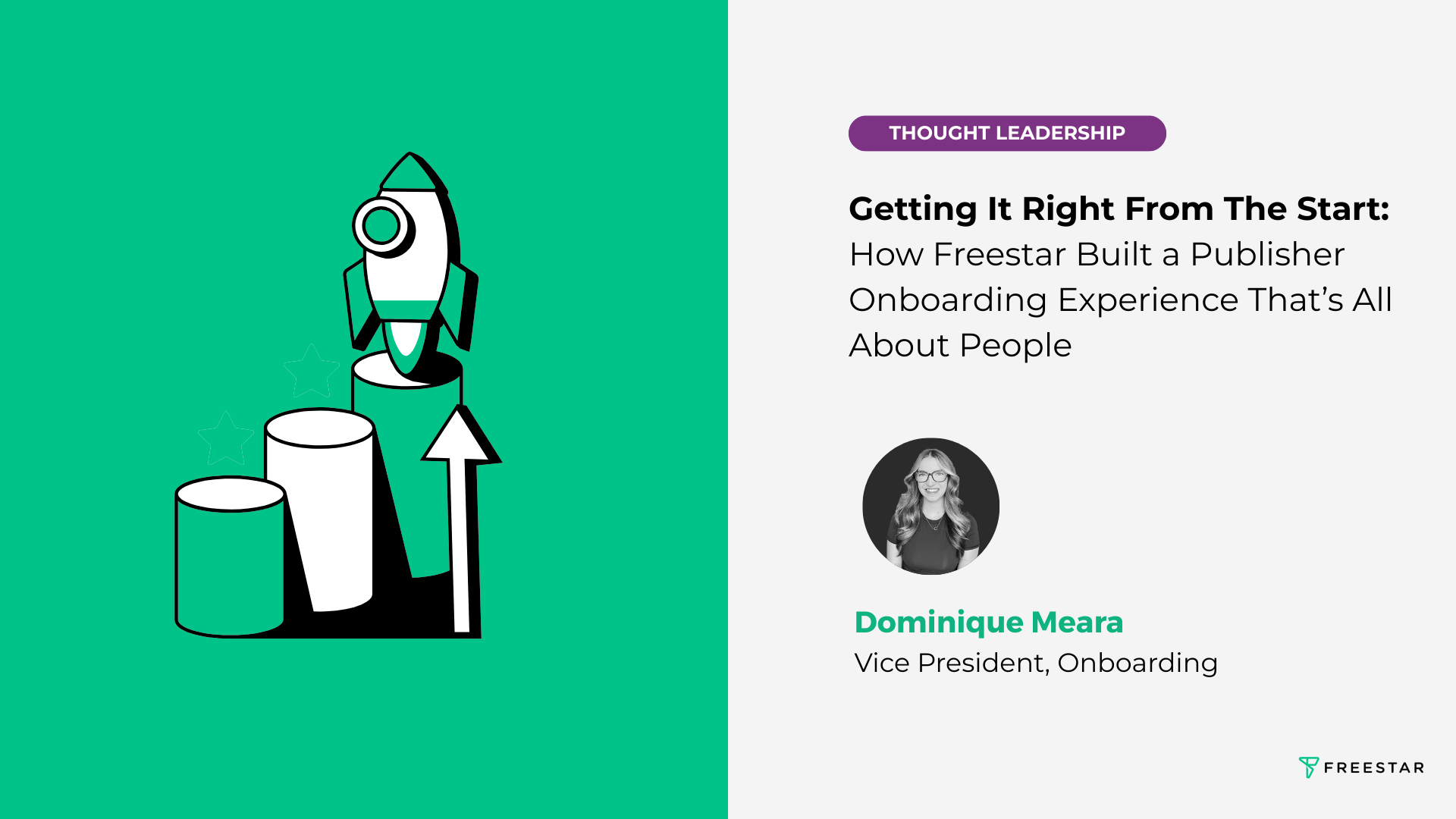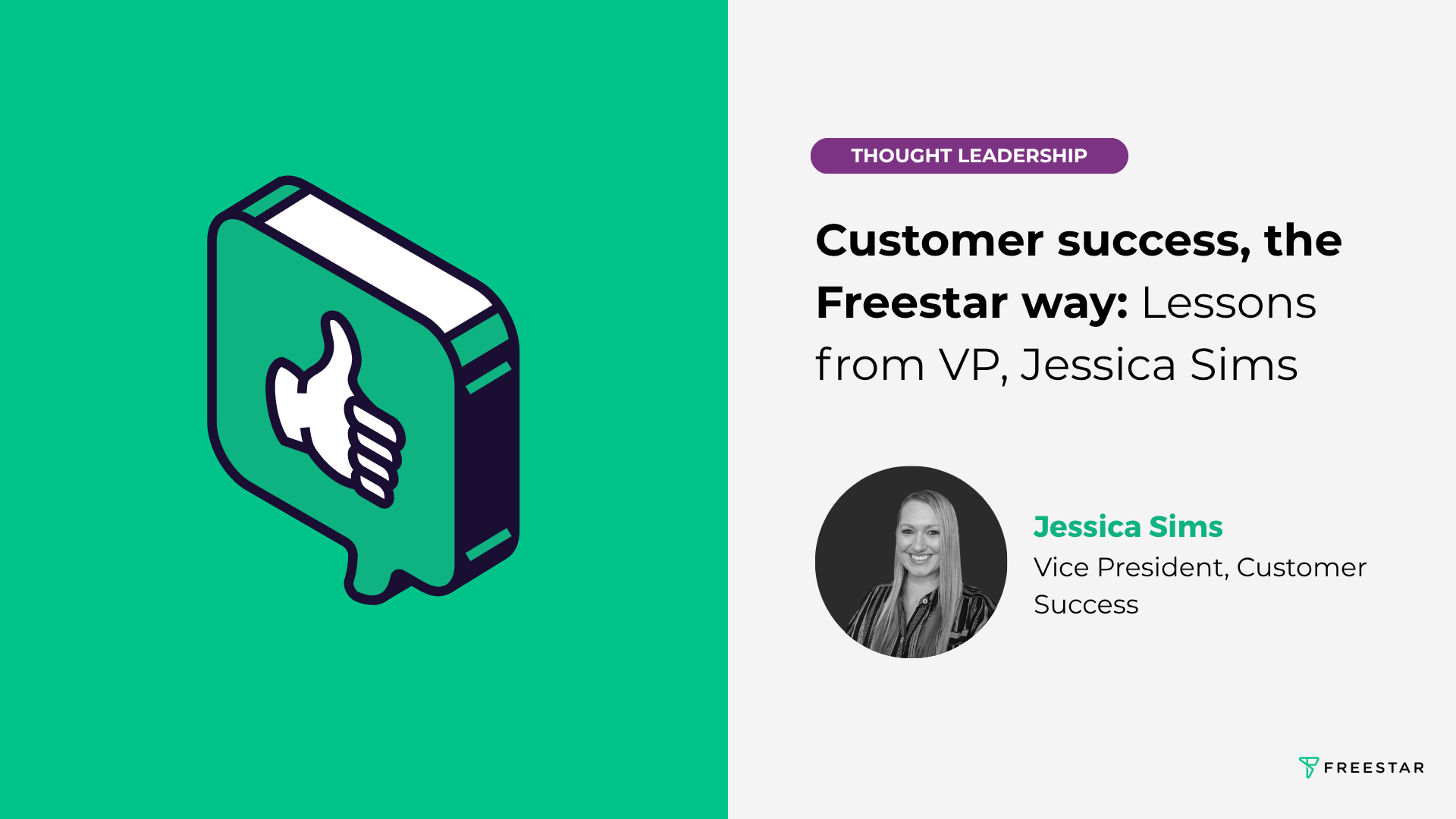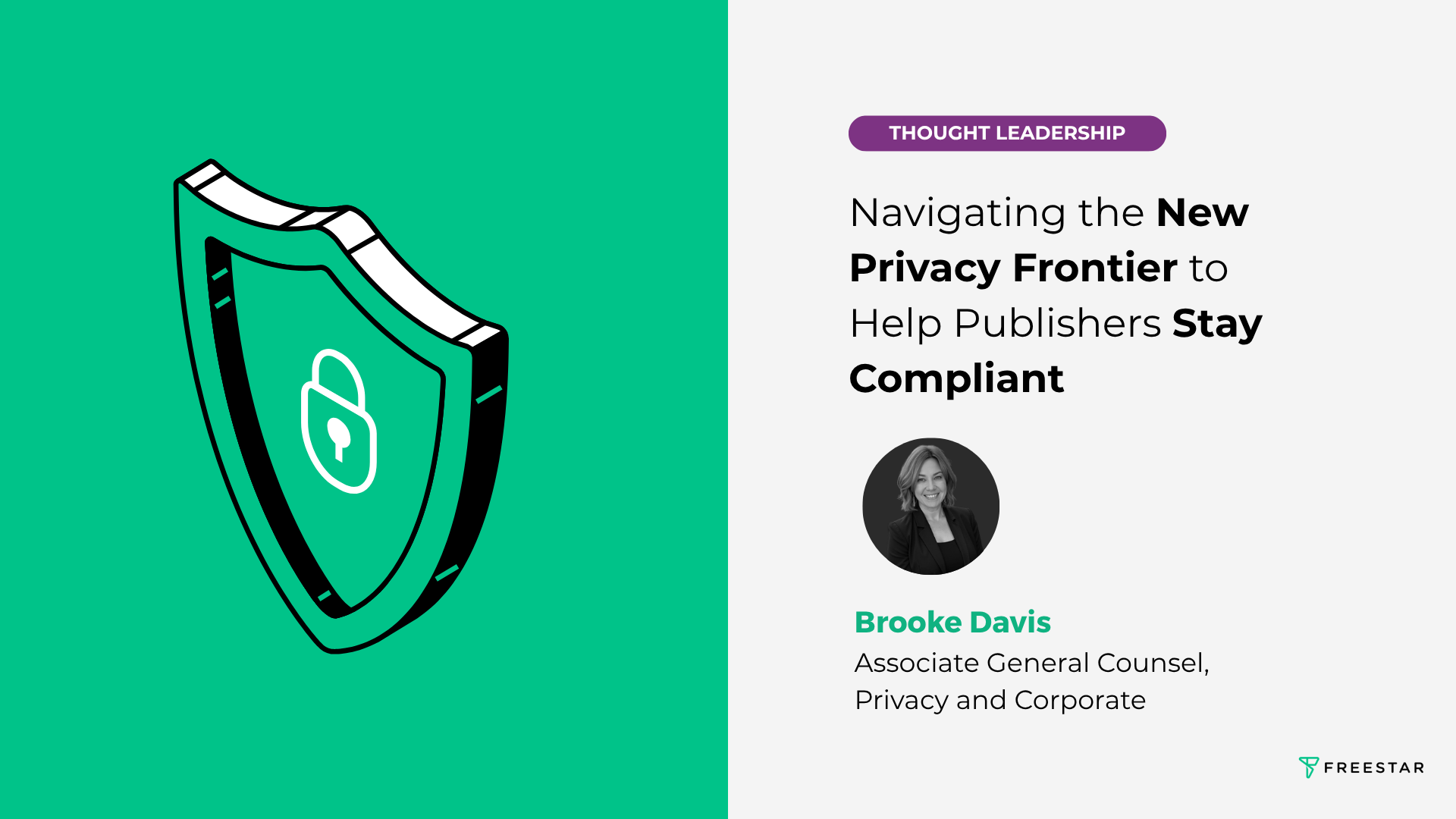When I joined Freestar two years ago, my friends asked the predictable question: Why jump back into adtech?
My answer was simple: Because I had finally found a place where ‘publisher-first’ is more than a slide in a pitch deck. Every conversation here, even behind closed doors, starts with the question: Will this help our publishers win? If the answer is anything short of “yes,” we keep iterating until it is.
Below is a look at how that mindset guides my approach to people, process, and product, and how it has helped our product and engineering teams evolve from ‘scrappy and fast’ to ‘mature and predictable’ without losing the spark that got Freestar noticed in the first place.
My road to Freestar: right timing, right DNA
I cut my teeth in telecom, digital marketing, and eventually digital publishing. But the buzz around Freestar never left my feed. The company was scaling fast, yet every client I spoke with said the same thing: They treat us like partners, not inventory.
That authenticity mattered. By the time I joined the company, Freestar was posting impressive numbers and still acting like a start-up that owed its success to the publishers who bet on us early. That was the culture I wanted to amplify.
No fires, just plenty of opportunity
Most engineering leaders step into a new role expecting to spot a few raging fires. I found none. The team already had a strong collaborative streak and a taste for action. My mandate, then, was maturation. We needed to harden our processes, raise our quality bar, and turn bursts of brilliance into consistent, repeatable delivery. In other words, keep the adrenaline but add muscle.
The framework: people, process, product
I filter every leadership decision through three lenses:
- People – hire for aptitude and attitude, then teach the skills. Great tech is built by great humans, so we recruit curious problem-solvers and give them room to grow.
- Process – lightweight but disciplined. We favor domain-focused squads that are responsible for a specific slice of the product. However, when a project involves multiple parts of the product, we’re agile enough to pull talent from several squads to form a strike team.
- Product – Solve the right problem before writing a line of code. We validate ideas with both internal experts and the publishers who will be living with the outcome.
Putting people first may sound obvious, but I have seen too many teams jump straight to tooling. The result is an elegant process around the wrong goals. When the why is clear – helping publishers monetize without headaches – the how becomes far easier.
Management style: reframe, delegate, elevate
My job is not to be the smartest engineer in the room, but to make sure the smartest engineers are working on the right problems. That starts with reframing. If a team is stuck, nine times out of ten, we have leapt to a solution before agreeing on the core question. Pull the conversation back to the real issue, and the path forward often reveals itself.
Once the goal is clear, I delegate aggressively. Ownership fuels engagement, and engaged engineers out-innovate guarded ones every time. We pair that freedom with radical feedback loops. When I first started at Freestar, I encouraged the team to tell me, point blank, what was broken. Two years later, during a company roadshow, I asked whether anyone wanted to roll back the changes we made. The answer was unanimous: “We don’t want to go back.”
“Publisher-first” in practice
So what does “publisher-first” look like inside engineering?
- Shared stakes, shared outcome – our aim is always to ‘get in the boat’ with the publisher. So for instance, we wouldn’t build features that set us against our clients. If an idea would monetize us at their expense, it dies on the whiteboard. When prioritizing work, the first check is: Does this make publishers’ lives easier or more profitable? If not, it waits.
- Owning the outcome, not the feature – the goal is for every engineer to understand what an individual publisher is looking to solve with any given feature, because success is never shipping a feature; it’s solving a problem.
- Invisible firefighting – if issues arise, we shield the publisher. Hardening our infrastructure and adding test automation is key here. As such, we design systems to manage risk and protect publishers’ businesses. For instance, we’ve had major players in the ad ecosystem go completely offline with the vast majority of our publishers never even noticing.
That rigor holds even in our water-cooler – aka Slack – chats, where you would see the same refrain: Is this the best outcome for the publisher? Keeping that compass visible prevents scope creep and shiny-object syndrome.
In summary, Freestar’s product and engineering is guided by one metric: value delivered per publisher impression. Today we are more predictable, more secure, and better aligned with publishers’ needs than ever.
Whatever challenge we tackle next, the mandate stands: Publishers first, always. It is our North Star, our litmus test, and, frankly, our competitive edge. Get that right, and the revenue follows.





